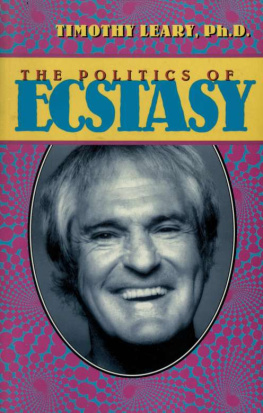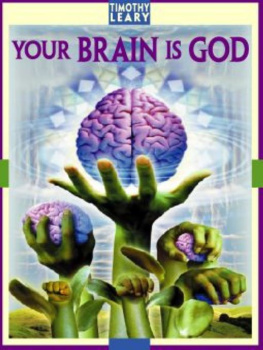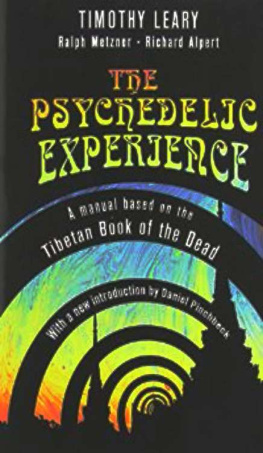H OUSES OF THE D EAD ?
Houses of the Dead?
Neolithic Studies Group Seminar Papers 17
Edited by
Alistair Barclay, David Field and Jim Leary
Published in the United Kingdom in 2020 by
OXBOW BOOKS
The Old Music Hall, 106-108 Cowley Road, Oxford, OX4 1JE
and in the United States by
OXBOW BOOKS
1950 Lawrence Road, Havertown, PA 19083
Oxbow Books and the individual contributors 2020
Paperback Edition: ISBN 978-1-78925-410-5
Digital Edition: ISBN 978-1-78925-411-2 (epub)
Kindle Edition: ISBN 978-1-78925-412-9 (mobi)
A CIP record for this book is available from the British Library
Library of Congress Control Number: 2019957627
All rights reserved. No part of this book may be reproduced or transmitted in any form or by any means, electronic or mechanical including photocopying, recording or by any information storage and retrieval system, without permission from the publisher in writing.
For a complete list of Oxbow titles, please contact:
| UNITED KINGDOM | UNITED STATES OF AMERICA |
| Oxbow Books | Oxbow Books |
| Telephone (01865) 241249 | Telephone (800) 791-9354, Fax (610) 853-9146 |
| Email: oxbow@oxbowbooks.com |
| www.oxbowbooks.com | www.casemateacademic.com/oxbow |
Oxbow Books is part of the Casemate Group
Front cover: The Cats Brain site, Wiltshire under excavation. Adam Stanford Aerial-Cam Ltd .
Foreword
This book presents the proceedings of a seminar held in November 2018, organised by the Neolithic Studies Group (NSG) and hosted by the British Museum, that forms part of an ongoing series of NSG seminar papers.
The NSG is an informal organisation comprising archaeologists with an interest in Neolithic archaeology. It was established in 1984 and has a large membership based mainly in the UK and Ireland, but also including workers from the nations of the Atlantic seaboard. The annual programme includes two or three meetings spread throughout the year and includes seminars held in London and field meetings at various locations in north-west Europe.
Membership is open to anyone with an active interest in the Neolithic in Europe. The present membership includes academic staff and students, museums staff, archaeologists from government institutions, units, trusts and amateur organisations. There is no membership procedure or application forms and members are those on the current mailing list. Anyone can be added to the mailing list at any time, the only membership rule being that names of those who do not attend any of four consecutive meetings are removed from the list (in the absence of apologies for absence or requests to remain on the list).
The Group relies on the enthusiasm of its members to organise its annual meetings and the two co-ordinators to maintain mailing lists and finances. Financial support for the group is drawn from a small fee payable for attendance of each meeting.
Anyone wishing to contact the Group and obtain information about forthcoming meetings should contact the co-ordinators at the following addresses:
| T IMOTHY D ARVILL | K ENNETH B ROPHY |
| Department of Archaeology and Anthropology | Department of Archaeology |
| Bournemouth University | University of Glasgow |
| Poole | Glasgow |
| Dorset BH12 5BB | G12 8QQ |
Alternatively, visit the NSG website at: http://www.neolithic.org.uk.
Dedicated to Richard Bradley
Preface and acknowledgements
Despite the chronological disjuncture, Linearbandkeramik longhouses have widely been considered to provide ancestral influence for both rectangular and trapezoidal long barrows and cairns in Britain and Ireland, but with the discovery and excavation of more houses in recent times it may be possible to observe evidence of more contemporary inspiration. What do the features found beneath long mounds tell us about this and to what extent do they represent domestic structures? Indeed, can we distinguish between domestic houses or halls and those that may have been constructed for ritual purposes or ended up beneath mounds? Do so-called mortuary enclosures reflect ritual or domestic architecture and did side ditches always provide material for a mound or for some other purpose, such as building construction? If doubt exists over what is found beneath the mounds, then what of the long barrows in finished form? Do we know what long barrows were actually for?
The idea for the seminar and volume stems from a discussion of the site of Cats Brain and its remarkable internal structure. What struck us was how similar the layout looked to other buildings more commonly referred to as houses. Does Cats Brain bring any clarity to our current thinking regarding houses of the living and the dead, or does it simply blur and challenge our collective understanding?
This volume examines these issues and seeks to explore the interface between structures often considered for the living with those often considered for the dead, and what role they played in earlier Neolithic society. It originated from, and represents the proceedings of, the Neolithic Studies Group conference in 2018, organised by the editors of this volume and entitled Houses of the dead?. Of the 14 papers given on the day, all but two are published here. Those by Tom Booth (Houses of dead relatives?) and Bill Britnell (Timber structures at Gwernvale and Dyffryn Lane) are due to be published elsewhere and we have asked Frances Healy, who acted as discussant on the day, to capture the essence of the concluding remarks in the end paper; she gladly obliged. As ever, opinions are those of the individual authors.
We would like to thank Tim Darvill and Kenny Brophy, the NSG Co-ordinators, as well as the British Museum, in particular Neil Wilkin from the Department of Britain, Europe and Prehistory, for allowing and facilitating the smooth running of the conference. The editors would also like to thank Elaine Jamieson for her enormous help and assistance with illustrations: similarly Julie Gardiner, Jessica Scott and Declan Ingram at Oxbow for support and aid in getting this volume into print.
Alistair Barclay, David Field and Jim Leary, September 2019
List of contributors
T IM A LLEN
Historic England
The Axis
10 Holliday Street
Birmingham
B1 1TF
England
United Kingdom
A LISTAIR B ARCLAY
Cotswold Archaeology
Building 11
Kemble Enterprise Park
Cirencester
GL7 6BQ
England
United Kingdom
Email:
R OBERT P. B ARRETT
School of Natural and Built Environment
Queens University
Belfast
Northern Ireland
United Kingdom
P ENNY B ICKLE
Department of Archaeology
University of York
The Kings Manor
York
YO1 7EP
England
United Kingdom
P HILIPPE C HAMBON
CNRS UMR 7206
co-Anthropologie
Muse de lHomme
17 Place du Trocadro
75116 Paris
France
P AUL C OPE -F AULKNER
Archaeological Project Services
The Old School
Cameron Street



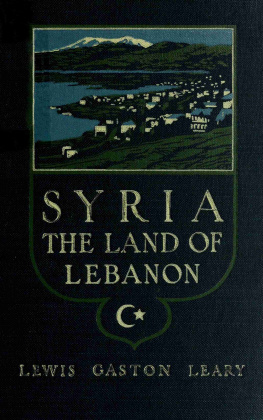
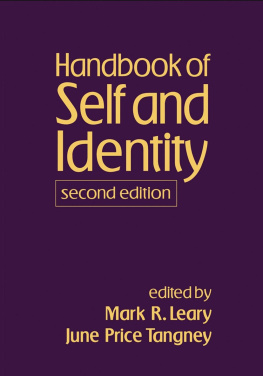
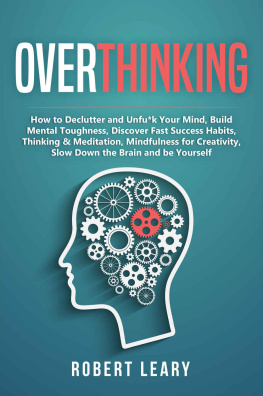
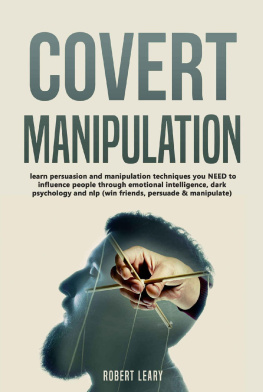
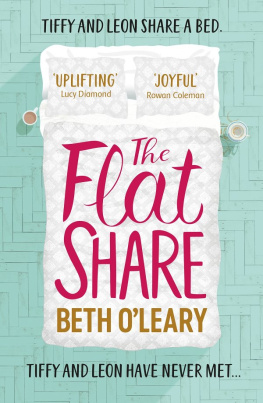
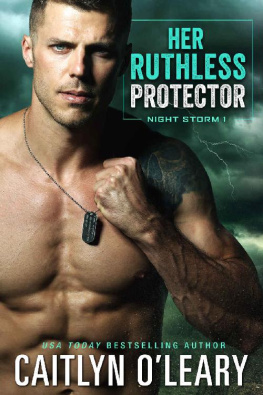
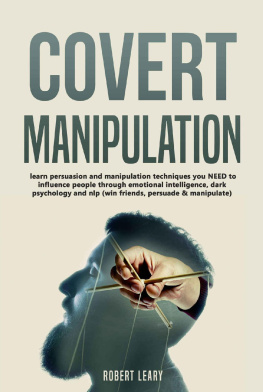
![Robert Greenfield - Timothy Leary: A Biography [excerpts]](/uploads/posts/book/113331/thumbs/robert-greenfield-timothy-leary-a-biography.jpg)
